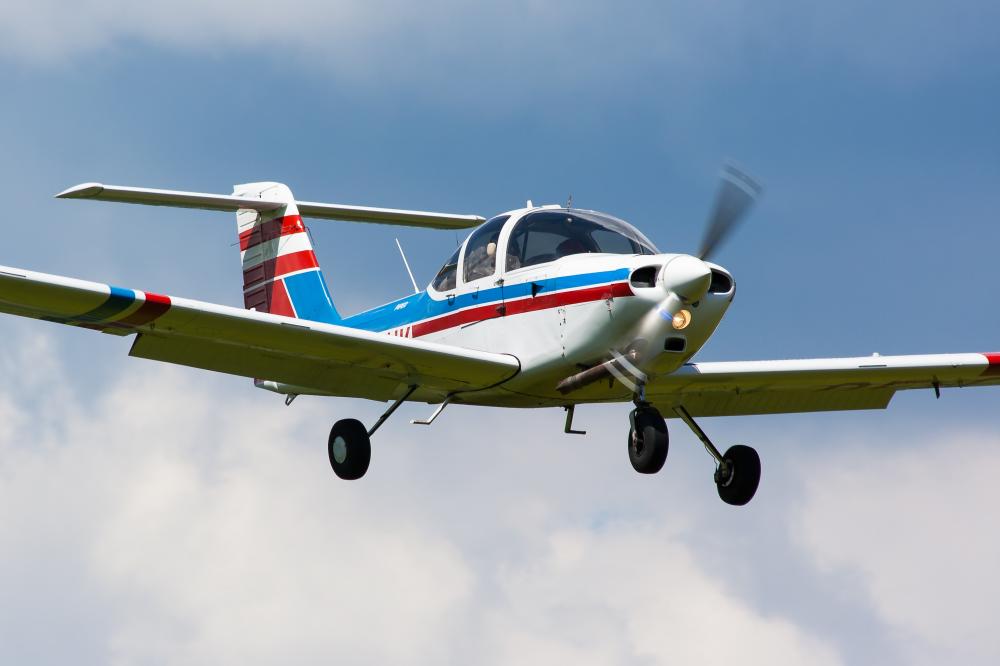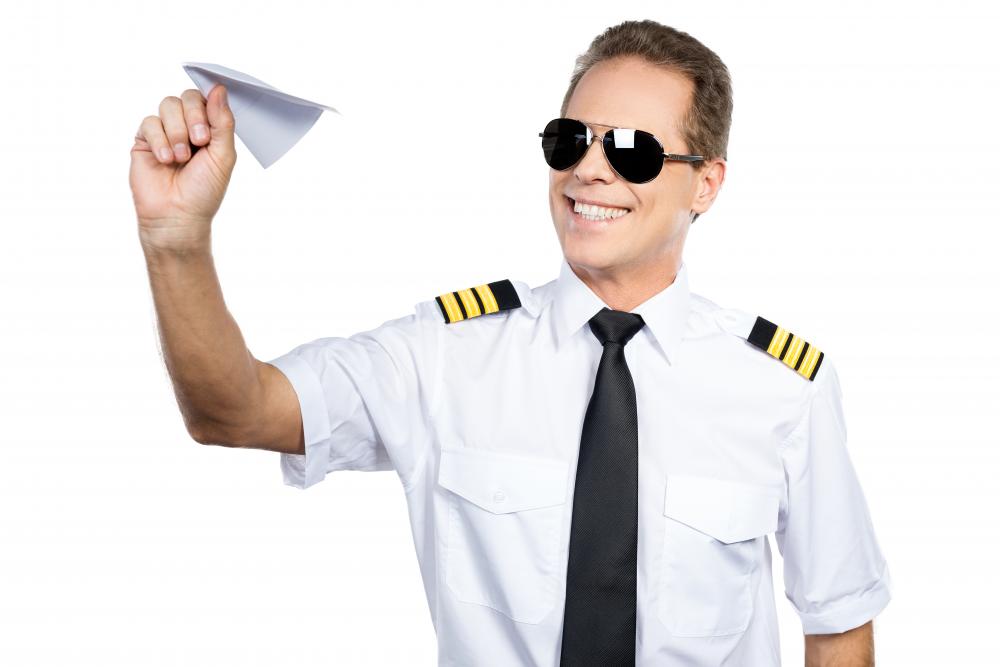Understanding Commercial Pilot License Cost
The journey to becoming a commercial pilot is thrilling, yet the path is paved with financial and time commitments that must be carefully considered. One of the most pressing questions for aspiring aviators is the commercial pilot license cost. This financial investment is substantial, but understanding its components can help demystify the process and prepare you for what lies ahead.
Key Components of the Cost
When evaluating commercial pilot license cost, it’s essential to break down the expenses involved. These typically include flight training hours, ground school, medical exams, and various examination fees. Notably, the bulk of the cost comes from flight hours, as hands-on experience is crucial for pilot training.
Flight Training Hours
Flight training hours make up a significant portion of the cost. Prospective pilots need a minimum number of flying hours to qualify for a license, with additional hours often needed to reach the level of proficiency required by employers.
Ground School and Materials
Ground school is where you’ll learn the theoretical aspects of flying. This education is equally essential and includes the cost of textbooks, navigation tools, and other study materials.
Examination Fees
Examination fees for written, oral, and practical tests also contribute to the overall cost. These fees are paid to regulatory bodies and testing centers to conduct the exams that assess your knowledge and skills.
Average Costs
The commercial pilot license cost can vary significantly depending on the location, type of school (flight academy vs. local flight school), and the pace at which you complete your training. On average, prospective pilots can expect to spend anywhere from $70,000 to $100,000. This broad range accounts for the varied paths individuals may take to reach their commercial pilot credentials.
Ways to Reduce Costs
While the commercial pilot license cost may seem daunting, there are strategies to manage and even reduce these expenses.
- Scholarships and Grants: Many organizations offer financial support to aspiring pilots. Conducting thorough research and applying for scholarships can significantly reduce out-of-pocket expenses.
- Choosing the Right Flight School: Costs can vary widely between flight schools. Some research into what each school offers and their fee structure can help you find the best value for your investment.
- Modular Training: Opting for a modular training route, which allows you to spread the cost over time, can also be a financially viable approach.
Comparison with Other Careers
Investing in a commercial pilot license is comparable to obtaining a degree from a four-year university, both in terms of time and financial commitment. The significant difference lies in the type of training and the hands-on experience gained. When considering this career path, it’s crucial to weigh the initial investment against the potential for high earnings and job satisfaction in the aviation industry.
Return on Investment
The commercial pilot license cost is an investment in your future. Pilots enjoy lucrative careers, with the potential for six-figure salaries as they gain experience and progress to captain positions or join major airlines. Additionally, the demand for pilots is expected to grow, ensuring job security and opportunities for advancement.
From the Cockpit: A Personal Insight
I recall the mixed feelings of excitement and apprehension when I first tallied the total commercial pilot license cost. The figures were intimidating, but my passion for aviation and determination to soar the skies as a commercial pilot fueled my resolve. Through scholarships and a meticulously chosen flight school, I managed to navigate the financial hurdles without compromising the quality of my training. Looking back, the return on investment is undeniable, not just in monetary terms but in the fulfillment of my childhood dream.
Charting Your Course
In conclusion, understanding the commercial pilot license cost is the first step in a rewarding journey toward a career in aviation. By approaching this path with a clear understanding of the expenses involved and exploring avenues to manage these costs, aspiring pilots can turn their dreams into reality. The skies are vast, and the opportunities for those willing to commit to this rewarding profession are boundless.

How much does it cost to become a commercial pilot?
Embarking on the journey to become a commercial pilot is no small feat, financially speaking. On average, you’re looking at an investment ranging from $70,000 to $100,000. This considerable amount covers flight training hours, ground school tuition, textbooks, navigation tools, and examination fees. Every aspiring pilot’s path varies, and so does the cost, depending on factors like the type of school chosen and the pace of training. But, think of it this way: you’re not just paying for training; you’re investing in a future career that can be both fulfilling and lucrative.
Is becoming a pilot worth the cost?
Absolutely, if it’s your passion. While the upfront costs can seem daunting, the return on investment can be significant. Commercial pilots enjoy rewarding careers with the potential for six-figure salaries, especially as they gain experience and progress to captain positions or join major airlines. Beyond the financial aspect, the sense of accomplishment in obtaining your commercial pilot license and the opportunities to see the world from different perspectives are unparalleled. It’s a career path that offers job satisfaction, adventure, and a growing demand for pilots which translates into job security.
How many years does it take to become a commercial pilot?
Typically, the journey to becoming a commercial pilot can take anywhere from 2 to 4 years. This timeline includes completing your flight training hours, ground school, and passing all necessary examinations. The exact duration can vary based on how frequently you train and the flight school’s program structure. Moreover, many pilots start by obtaining a Private Pilot License (PPL) before advancing towards a Commercial Pilot License (CPL), which adds to the timeline. Remember, every hour spent training brings you one step closer to achieving your dream.
How hard is it to get a commercial pilot license?
The challenge of obtaining a commercial pilot license is substantial but far from insurmountable. It requires dedication, hard work, and a genuine passion for flying. The journey involves mastering theoretical knowledge in ground school, accumulating hundreds of flight training hours, and passing rigorous written, oral, and practical exams. While it’s demanding, the training process is designed to ensure you’re thoroughly prepared for a career in aviation. With the right mindset and support from a quality flight school, achieving your commercial pilot license is entirely achievable.
What are some ways to reduce the costs of obtaining a commercial pilot license?
There are several strategies to mitigate the financial burden of pilot training. First, consider applying for scholarships and grants; there’s a surprising amount of untapped financial aid available for aspiring pilots. Secondly, choosing the right flight school can make a significant difference; compare the cost structures and training quality of various schools. Lastly, modular training allows for spreading the cost over time, which can make expenses more manageable. Remember, careful planning and research can greatly reduce the overall cost of becoming a commercial pilot.
How does the investment in becoming a pilot compare to other careers?
When we look at the cost and time commitment required to become a commercial pilot, it’s comparable to or even less than obtaining a degree from a four-year university in many fields. The primary difference lies in the type of training and hands-on experience acquired. While both paths require significant investment, a career in aviation offers unique rewards, including the possibility of traveling the world, a high level of job satisfaction, and substantial earning potential. It’s essential to consider not just the initial investment but also the long-term benefits and opportunities the profession provides.
What is the return on investment for commercial pilots?
The return on investment for commercial pilots can be substantial. While the initial costs are indeed high, the career can offer lucrative pay, job satisfaction, and stability that many find justifies the expense. As pilots gain experience, their salary potential increases, especially for those who advance to captain positions or join major airlines. Furthermore, the demand for pilots is expected to grow, ensuring job security and opportunities for advancement. The thrill of flying and the lifestyle associated with a career in aviation add intangible value that’s hard to quantify but tremendously impactful for many in the profession.
Resources
- Federal Aviation Administration (FAA) – Commercial Pilots: https://www.faa.gov/licenses_certificates/airmen_certification/commercial_pilots/
- AOPA Flight Training Scholarships: https://www.aopa.org/training-and-safety/learn-to-fly/aviation-scholarships
- National Association of Flight Instructors (NAFI): https://www.nafinet.org/
Mesa AZ 85212

